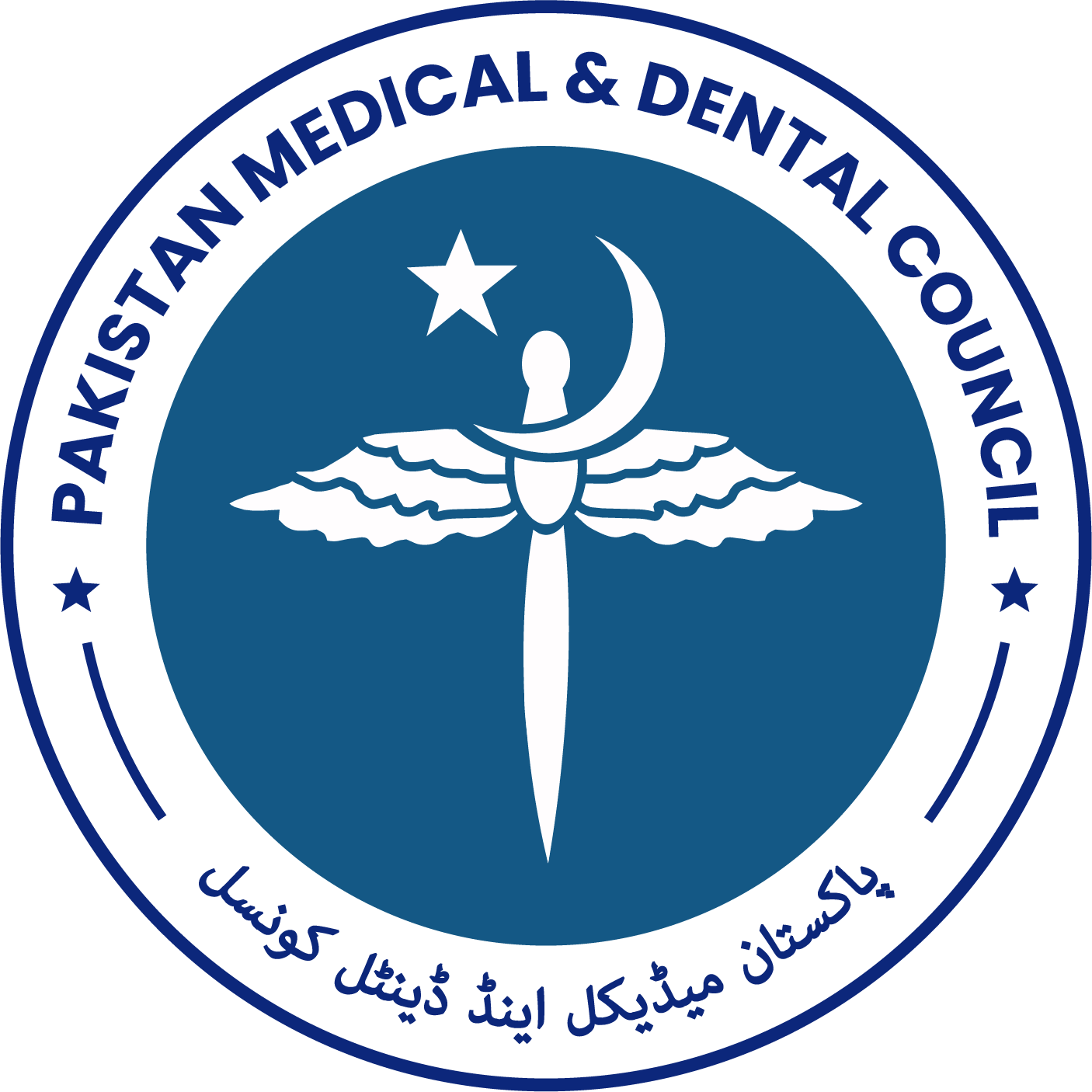The Nanomedicine Revolution
Abstract
Nanomaterials (NMs) have gained importance in technological advancement due to their changeable chemical, biological, and physical properties with improved efficacy compared to their bulk form. NMs are categorized according to their composition, size, shape, and origin with sizes ranging from 1 to 100 nm.1 NMs are being widely investigated for their potential use in Nanomedicine, a multifaceted field where biological sciences intersect with nanoscience, nanoengineering and nanotechnology.
Due to its adaptable platform and design, nanomedicine can be useful in many fields, either by employing a multimodal therapeutic strategy or by developing highly specialized multifunctional nanodevices for the clinical purpose at hand. Nanomedicine research covers a wide range of areas, including the development of vaccines, antibacterial agents, drugs, wearable devices, diagnostic and imaging tools, high-throughput screening platforms, implants, etc., using biological, hybrid, biomimetic, or non-biological materials.
Nanomedicine has enabled many significant developments in both basic and translational research, particularly in cellular, preclinical, and clinical research. However, most of these developments have been in the area of cancer treatment and detection. Many of these developments are beginning to be translated into viable, commercially available clinical products. For example, in August 2020, a rapid optical sensor-based test for the detection of COVID-19 was developed by a group of researchers at the University of Georgia.
Their test kit was based on an optical nanosensor based on silver nanotriangle arrays functionalized with the human angiotensin-converting enzyme 2 (ACE2) protein.2 Studies on functionalized (ligand) nanoparticles that interact with the epitopes of the virus, were shown to rendering it inactive and preventing it from entering cells.3 The lipid nanoparticle-based vaccine developed by Pfizer and BioNTech using COVID -19 mRNA was approved by the UK authorities for emergency use in 2020, followed by Moderna's vaccines. Later, both Pfizer and Moderna were fully approved by the FDA. In addition, researchers involved in nanodevice manufacturing have turned their research interests to other ideas such as artificial organs and antibiotic resistance.
Given its enormous potential, we believe that nanomedicine will eventually play a central role in all areas of medicine and enter clinics to become part of conventional clinical practice, provided that all aspects of implementation, including safety, regulatory, and ethical criteria, are met. Once this is the case, Nanomedicine should pave the way for the development of improved drugs and tools that can be used for the early detection and treatment of a wide range of diseases with high efficacy and specificity. This will ultimately improve the quality of life of patients.
Although Nanomedicine offers exciting potential and opportunities to solve many medical problems, there are also certain scientific hurdles, mainly because we do not fully understand how nanomedicines behave in a biological system. A deep understanding of nanomedicine and the biological system can, therefore, pave the way for nanomedicine revolution.
Editor-in-Chief
How to cite this: Alamgir W, Haider A. The Nanomedicine Revolution. Life and Science. 2022; 4(2): 86-87. doi: http://doi.org/10.37185/LnS.1.1.389
Copyright (c) 2023 Wasim Alamgir, Adnan Haider

This work is licensed under a Creative Commons Attribution-NonCommercial 4.0 International License.















